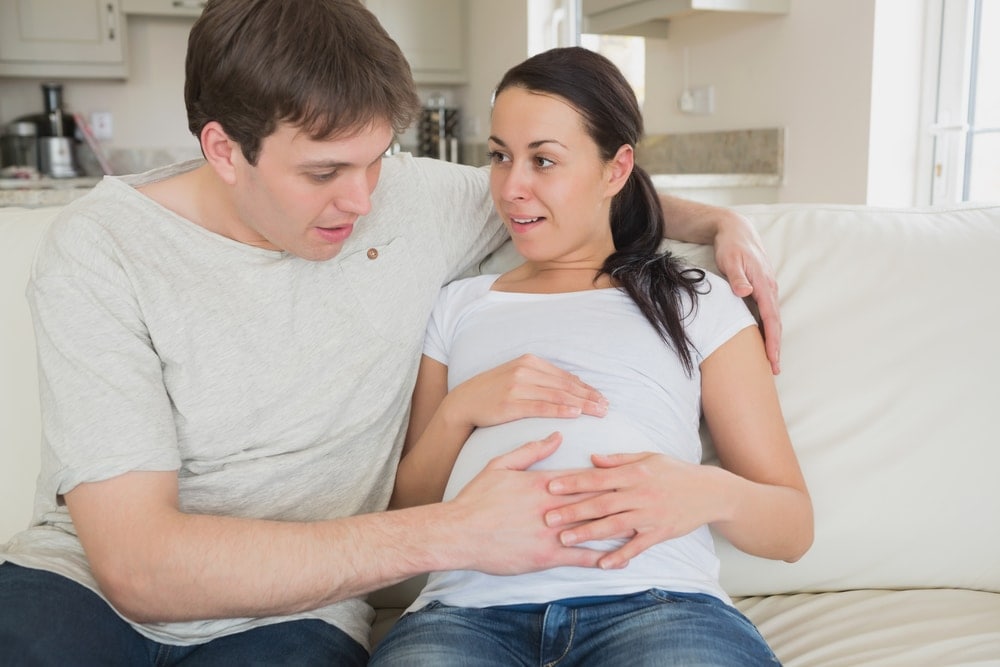Some moms can feel their baby move as early as 13-16 weeks from the start of their last period. These first fetal movements are called quickening and are often described as flutters. It may be difficult to determine whether this feeling is gas or your baby’s movements, but soon you will begin to notice a pattern. First-time moms may not feel these first fetal movements as early as second-time moms.
Some moms, especially those in their first pregnancy, may not feel movement until 18-20 weeks. Remember that each woman and every pregnancy is different, so you may not feel movement as early as another woman. There is a broad range of when the first detection of movement can be felt, ranging from 13-25 weeks.
Why does my baby move?
As your baby is continuing to develop he/she will stretch and flex his/her limbs. As you get further along in your pregnancy, you will begin to feel more obvious movements, such as kicking, punching, and rolling. Your baby may also move as he/she responds to noise or to your emotions.
If your baby finds a position you are in to be uncomfortable, he/she may also begin to squirm. Certain foods you eat can also cause your baby to be more active, and you may notice he/she follows a sleeping/waking cycle.
How often should my baby move?
As you get further along in your pregnancy, you will need to keep track of how often your baby moves each day. Sometime in the third trimester, you may notice your baby’s movements are more frequent and vigorous and occur in a regular pattern.
However, although movements are still regular, they may change towards the end of the third trimester because the baby is bigger and more restricted in the uterus. Talk with your doctor, if you notice a decrease in your baby’s movements.
Beginning with week 28, it is beneficial to begin counting your baby’s movements. This will help you to identify potential problems and can also be a great bonding experience between you and your baby. Using a kick count chart can be very helpful.
When counting your baby’s movements choose the same time each day. It may be easiest to lie on your left side and record how long it takes to feel 10 movements. For further information about recording movements see kick counts.
What should I do if I don’t feel my baby moving?
If you have been keeping a chart of your baby’s movements and you notice a significant deviation in the pattern, contact your health care provider. If you do not feel 10 movements within 2 hours, try again later that day.
If you still do not feel 10 movements within 2 hours, you should contact your healthcare provider.
Want to Know More?
- Fetal Life app: count kicks, track vital signs, sign up for remote nurse monitoring
- Pregnancy Nutrition
- Cord Blood Banking
- Nightfood Nighttime Ice Cream: the Official Pregnancy Ice Cream of the American Pregnancy Association
Compiled using information from the following sources:
1. Count the Kicks. (n.d.). What are my baby’s movements week-by-week







